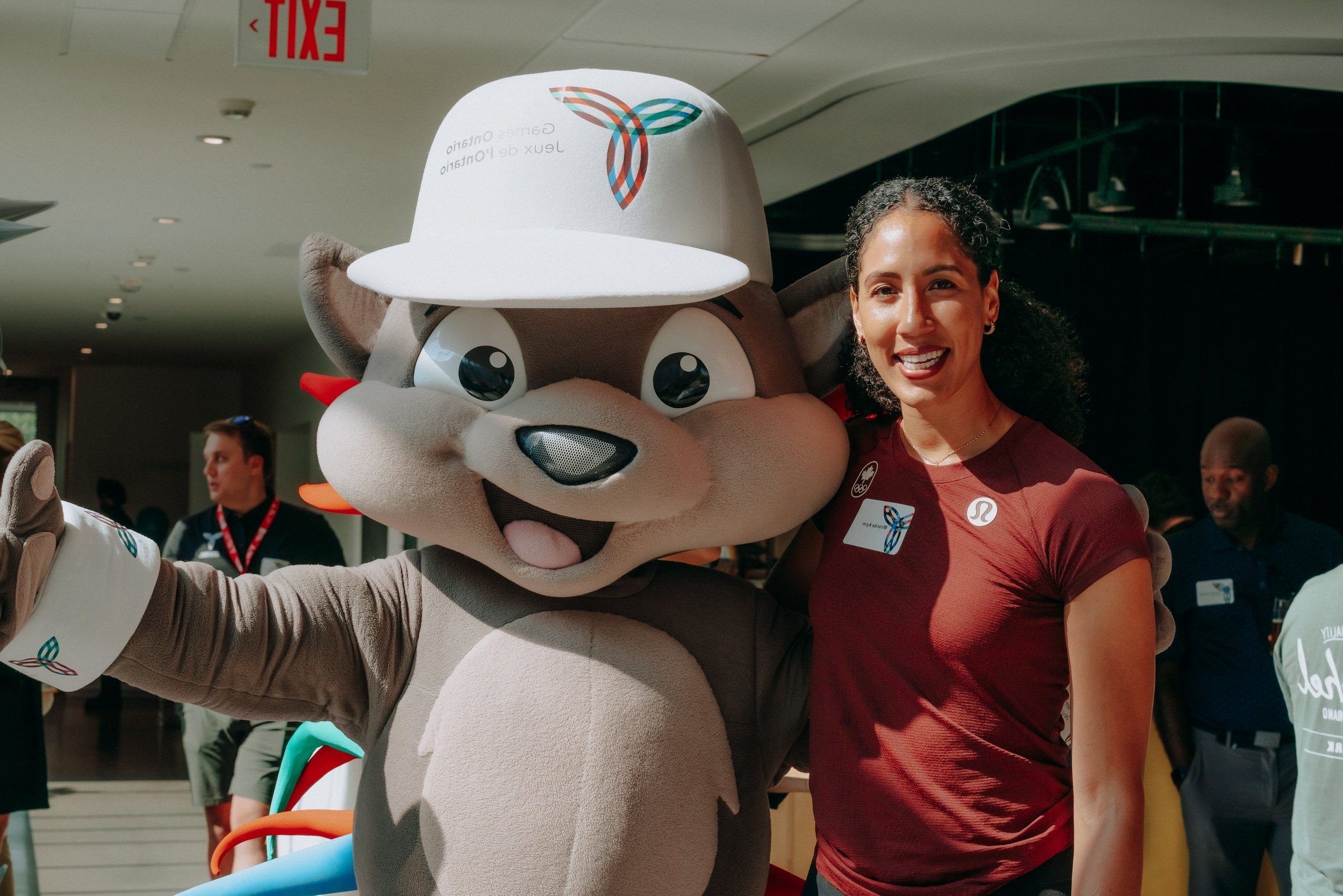3x Olympian. Speaker. Legacy Builder.
Meet Miranda
The Peaceful Performer
Helping driven professionals achieve big with clarity, confidence, and calm.
Success isn’t about doing more—it’s about doing it better. Miranda shows ambitious individuals how to align their goals with what matters most, using high performance best practices and practical wisdom.
From inspiring talks to collaborations with her community and lifestyle brand, Cultivate Co., Miranda proves you can chase bold ambitions while staying grounded, energized, and at peace.




























Ways to Engage
Inspiring Conversations
From intimate fireside chats to dynamic keynotes, Miranda delivers engaging and actionable talks that blend her Olympic journey with strategies for resilience, high performance, and balanced success.
Transformative Coaching
Join a high-impact reset with Miranda, designed to help leaders realign their habits, clarify their focus, and lead with purpose—especially in seasons of growth, transition, or change.
Impactful Collaborations
Work with Miranda through partnerships and ambassadorships to bring meaningful initiatives to life, from brand campaigns and events to inspiring conversations that inspire growth, balance, and resilience.
What people are saying
Join the Peaceful Performance Movement ✌🏽
Sign up for insights, tools, and updates to help you elevate your performance—without sacrificing the important things.
The understanding: We all want Inbox Zero.
The promise: Only valuable, perspective-shifting content to make your life better.







